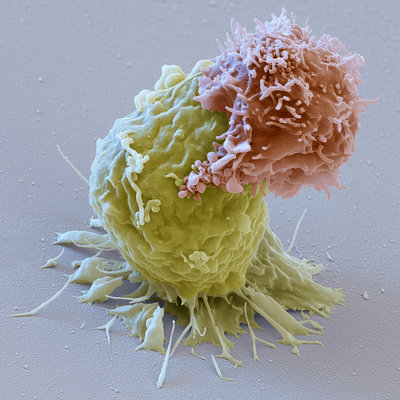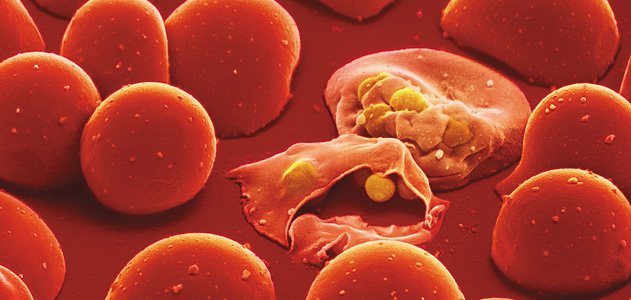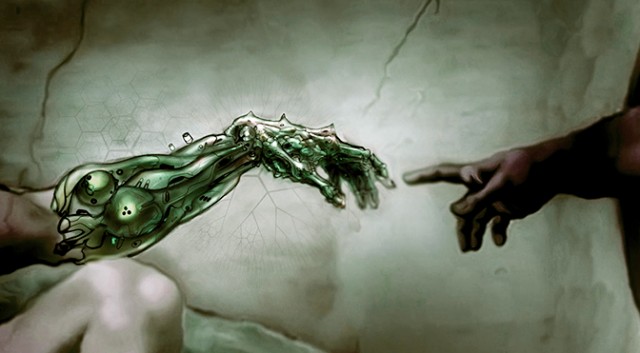Nucleocapsids are nucleic acids complexed with the protein within a virus. To grasp how small viruses are, a polio virus is 30 nanometers. The viruses have spikes on their outside. Tobacco mosaic viruses are round shaped viruses. Many capsid proteins can reassemble into virus like proteins (VLPs). Hepatitits B-Virus (HBV) and Human Papilloma-Virus (HPV) vaccines are VLPs made in yeast. The rod-shaped viruses are produced with helical symmetry. The proteins interact with each other.Enveloped RNA viruses with negative single stranded RNA and helical capsids include the measles and mumps viruses, rabies virus, influenza virus, and the Ebola virus.
Viruses which possess round capsids have precise numbers of proteins. The round viruses usually have capsids whose numbers of proteins are multiples of 60; such as 60, 180, 240, and 960. Spherical viruses come in many sizes; but capsid proteins usually average 20 – 60 kiloDaltons. Some icosahedral capsids are made up of as many as 60 identical subunits or structural units. The interactions of these subunits may be all head to head or tail to tail. Larger particles may be built by adding larger subunits. Bacteriophages possess tails. They end in base plates which possess spikes underneath which are important for attaching to their bacterial host. The portals of the herpes simplex virus allow DNA to get in and out. Budding may occur in the outer plasma membrane, which is usually encased by icosahedral and helical capsids.












































